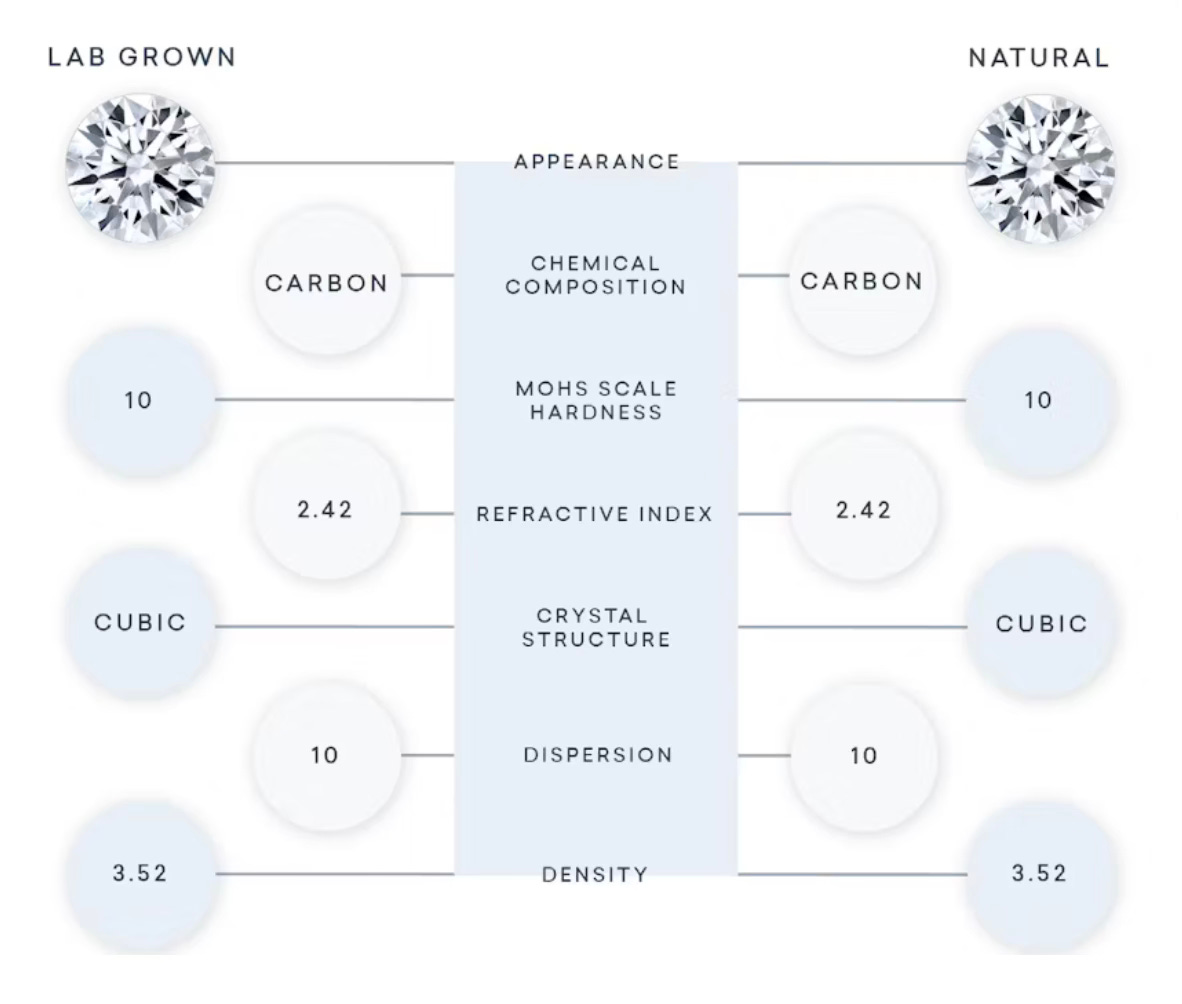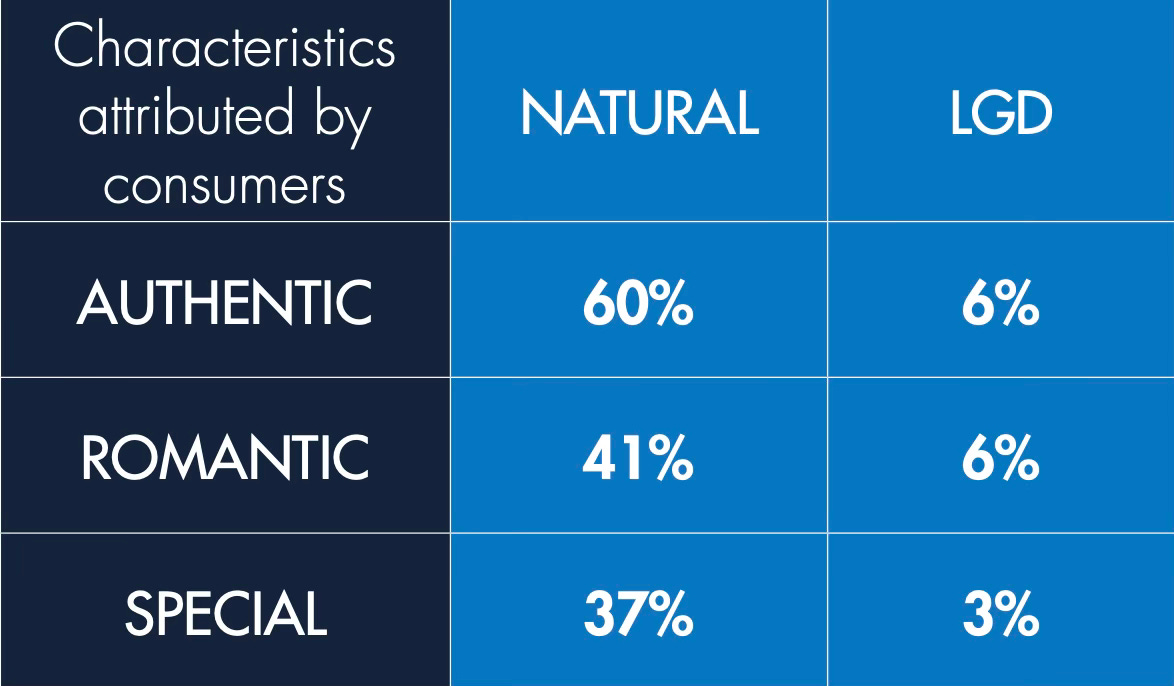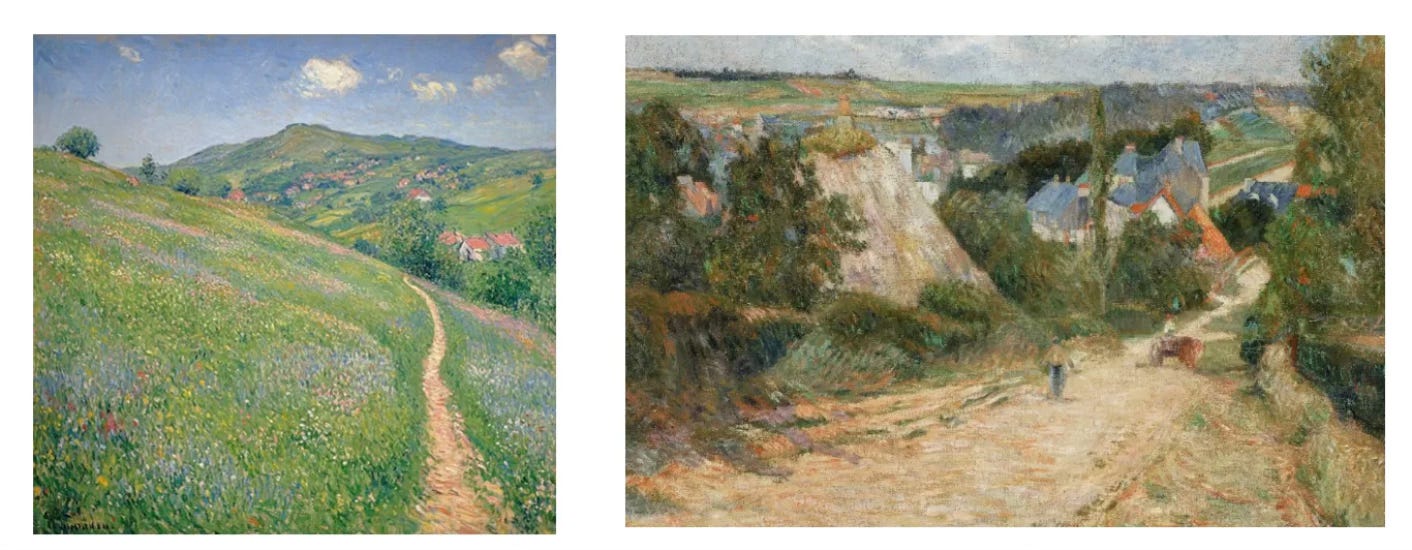Nothing Serious - Art, AI and Authenticity
"The value was never really in the object itself, but it was in the singleness of it.”
Introduction
The following is a snippet of a conversation with fellow Substacker Nothing Serious. Please consider subscribing to Nothing Serious for regular Art content!! :)
Expect to learn;
Why Artists and Consumers Need To Be Honest
How Inauthenticity Is Killing Art
What Diamonds and Art Have In Common
Conversation
(As always Uncut and Unedited)
Nothing Serious - “That’s interesting, I’ve always had a love for photography myself, studied film and English at university — But yes, as to the content vs. art discussion, I think it’s key to try and define both, as much as one can. This is something I’ve been trying to do/write about for a long time. But one concept I’ve found helpful in the pursuit is the notion of Intention. In so far as, it’s near impossible to argue with another person’s subjective claim that something is “art,” and so the responsibility must lie with each individual to be honest with themselves, and evaluate their true intent, whether that be in the creation or absorption of the art.
I think we (culture/society/A less pretentious noun) have gotten so wrapped up in other people telling us what something is (top comments on certain posts, for example) that we’ve let a critical muscle in our brains, which usually prompts us to make a decision and own that decision and for that to be enough, atrophy.”
TheSpottedZebra - “Yes, that’s a great point about intent, if i may add also authenticity.
Artists of the past lived and breathed their art, punks for example, there doesn’t seem to be that, or at least, as much of that today. I think this is why consumers are rejecting what they are given because the ‘mainstream’ art is what one might call ‘fake’ or inauthentic. I believe people can see ‘fakeness’ from a mile off. I think this is where the dislike for content comes from.
There seems to be this idea that if one changes ones mind, they have been caught out and therefore can’t be trusted and are removed from any discourse. I think this relates to Art too, in a way. Take music for example, i could listen to an album today and think nothing of it, 2 years down the line it could be my favourite of all time. I don’t think there is space for a changing of mind in the social landscape, words such as ‘poser’ spring to mind. Bands are criticised today for being industry plants, The Last Dinner Party for example, and Nepo Baby’s contributions are easily criticised.
I think what people are hungry for now is, authenticity from the artist and freedom to move and adjust from others, to do away with the tribalism of not just art but also wider society. This might be why the pendulum, hopefully, swings away from product placement in films and company sponsored artists and art, back to authenticity and the romanticism of living and breathing art.
Hope that makes sense :)”
Nothing Serious - “Makes total sense. The idea of an innate human ability to sense falseness is very true. I think it’s most likely the biological foundations of our creativity, this unconscious, ever-present need to detect and dissect anomalies within patterns.
I have a theory that, perhaps, artists tend to dislike the commercial fake essence of content because it’s an exploitation of what true divinity art can offer. Art is there as a chance to work for subjective truth, and this is often a soul-torturing process, a tearing apart and reassembly of one’s own mind and soul. And so it feels like a cosmic injustice is being carried out when someone lies about going through this process. It’s like, sacrilegious or something. And I believe this is also why it can only ever come down to the individual’s own relationship with art. It would be like an atheist proclaiming they loved God so they can just drink free wine vs. a truly devout priest. From the outside, both exist in the same situation. But internally, only one is living something profound.
In relation to the punks, you’re dead on. I think even now, maybe, it’s easier to sense inauthentic things because they’re way more blatant than ever before? Inauthentic things aren’t even trying to masquerade as authentic anymore, especially with AI now, it’s like being inauthentic is almost the point.
Sorry, I know this is long, but one final question on your points: What do you think will happen re: authentic things being craved more than ever while AI seems to just be invading everything?”
TheSpottedZebra - “AI is an interesting topic when it crosses over into art. I’ve been trying to discover what separates decoration from art for a while now. I don’t think I’ve figured it out but i have a few ideas.
I think the biggest point I have landed on is the value of things. There are now lab grown diamonds, they are indistinguishable from mined diamonds, just as beautiful and far cheaper than the latter. So we have two objects, indistinguishable from each other, but they have different contexts. One is still more valuable than the other, not just in price but also in sentimental value. Context changes how we see things, not just in how we value things, but it literally changes the way we see the world.
This is why optical illusions work. Your shown a picture of two cylindrical object casting a shadow on a checkered grid. Tile A seems to be a different shade from tile B, remove the surrounding context of the image and the tiles are revealed to be the same colour. I think the same applies to art and diamonds and just about everything else. AI and an artist might produce an identical piece of art but knowing the context that one is artificial and the other crafted by a human, their values change. Identical diamonds are no longer seen as identical when we learn one is mined and the other grown in a lab. A relative who bought you a fridge magnet from their travels is a nice gift, not necessarily something you will treasure, but it has its significance. Say that relative was to die the next day, what used to be a nice gift of a fridge magnet is now amplified in value because the context surrounding it has changed.
I think art will be safe from AI if there is some sort of regulation where it has to be understood to be AI generated. Without the context the values are the same and artists should be worried. Art done by a human will always be more valuable than by a computer, that is if we know who created what.
Hope that answers the question?”
Nothing Serious - “Yes. Totally with you. Again, it’s definitely a hard and abstract difference to define, but I think Rick Rubin has a good quote on this when he says “Art without meaning is just decoration.” Of course, we can have decorations that mean something. But I think when it comes to what we know as Art, if there’s no honest meaning there, nothing exposed, nothing genuinely offered by the creator, then it’s something else; it’s most likely just decoration, content, commerce, a thing to fill a gap.
As to your point about context, I couldn’t agree more. The mode in which we absorb art, and most things in life, dictates our relationship to it. Your diamond example is perfect in talking about this. Value is interesting in this way with online art nowadays too, taking NFTs and blockchain for example. People are reverting back to an old understanding of value; just because we can reproduce online art easily (screenshot it etc.) the value of the piece still resides with a group acknowledgement of the original work, the one true version/s.
I was having a conversation with a friend the other day about value of this kind in relation to AI. My friend’s main point was wondering how, say, if he wanted to watch a new season of Suits, and could ask an AI to make one for him instantly, how could that not be valuable? My counterpoint was that AI, in this send, would almost work against itself with a saturation of this kind. With an access to anything whenever we wanted it. There would be no real value in anything. Much like happiness, it needs to be rare in order to be valued. And only because it is rare, does it feel special. It’s the same with your diamond example. It’s not really the fact that we can now make perfect replicas. The value was never really in the object itself, but it was in the singleness of it.”
Shiny Shiny
Let’s talk Diamonds and Lab Grown Diamonds (LGD).
“Yes, lab diamonds test as real diamonds, because they are authentic and identical to those found in nature, with the exact same chemical makeup. However, specialist laboratory equipment can tell lab diamonds from natural diamonds.” - Queensmith
Fair enough there isn’t any physical difference between a mined diamond and a lab-grown diamond.
LGDs have the exact same makeup as a “Real” diamond. They are literally the same thing.
“It is unfair or deceptive to use the word ‘‘real,’’ ‘‘genuine,’’ ‘‘natural,’’ ‘‘precious,’’ ‘‘semi-precious,’’ or similar terms to describe any industry product that is manufactured or produced artificially.” - The Federal Trade Commission (FTC)
So why is it unfair/deceptive to describe an LGD as “real”? Well, because…
“Meanwhile, consumers differentiate natural diamonds by attributing to them the key category territories of “authentic” (60% vs. 6% for LGD); “romantic” (41% vs. 6% for LGD); and “would make me feel special” (37% vs. 3%).” - DeBeersGroup
We value things differently based on our contextual knowledge of those things.
How does this relate to AI Art, and “authentic” Art?
There are many examples we can dive into with how context changes the way we perceive things, but I’ll stay in my lane and stick to Art. To begin I think I’ll take you to the Billion Dollar Art fraud market.
In 2023 an enormous fraud network was discovered across Europe.
“an extensive forgery operation that they say could have caused up to €200 million ($212.5 million) in economic losses for the art market. […] This major seizure of counterfeit works is a reminder to collectors of the importance of verifying artwork provenance. Sought-after artists like Banksy and Warhol are prime targets for forgeries, partly due to their high demand and limited supply. For buyers, ensuring authenticity through independent appraisers is essential, as is consulting with trusted dealers and verifying certificates and ownership histories.” - Artsy
It simply isn’t good enough to have something similar to what we value, we can easily be fooled by replicas costing the industry hundreds of millions. It may be extremely hard to identify a fake compared to the real thing, many wouldn’t see a difference. If something is indistinguishable from other somethings, do they hold the same value? Only if we aren’t certain which is which, thus giving birth to the fraudulent Art market. Replicas might be the same thing, in a sense, but they will never hold the same value so long as we can identify the difference.
Right, AI time
One of these images is AI-generated, can you tell which is which?
If I were in a gallery I would give both of these images my time, you can’t argue that one of them is ‘bad’ unless you are lying to yourself. AI now is very good at replicating, there are still a few giveaways to look out for, details such as fingers, but soon it will be near perfect.
Check out this post from Astral Codex Ten if you want to go deeper into art and AI.
The AI-generated image is on the left. It can be perfectly reasonable to see how one could be easily tricked into thinking this was “real”. We are only at the very slightest lift in the exponential curve of AI capabilities, it will only get better, and far better too. Like LGDs, the consumer must be aware of the piece's origins, or we are in big trouble.
Whether we like it or not AI is here and it isn’t going anywhere. We must learn to live with it and keep it identifiable. Hopefully, this discussion with Nothing Serious and the following will help you keep creating in the uneasy times of AI takeover.
Remember, your art will always be more valuable than that of an AI.
Please feel free to share your thoughts, whether you agree or not!
Big Love :)
P.S
Don’t forget to check out Nothing Serious!











